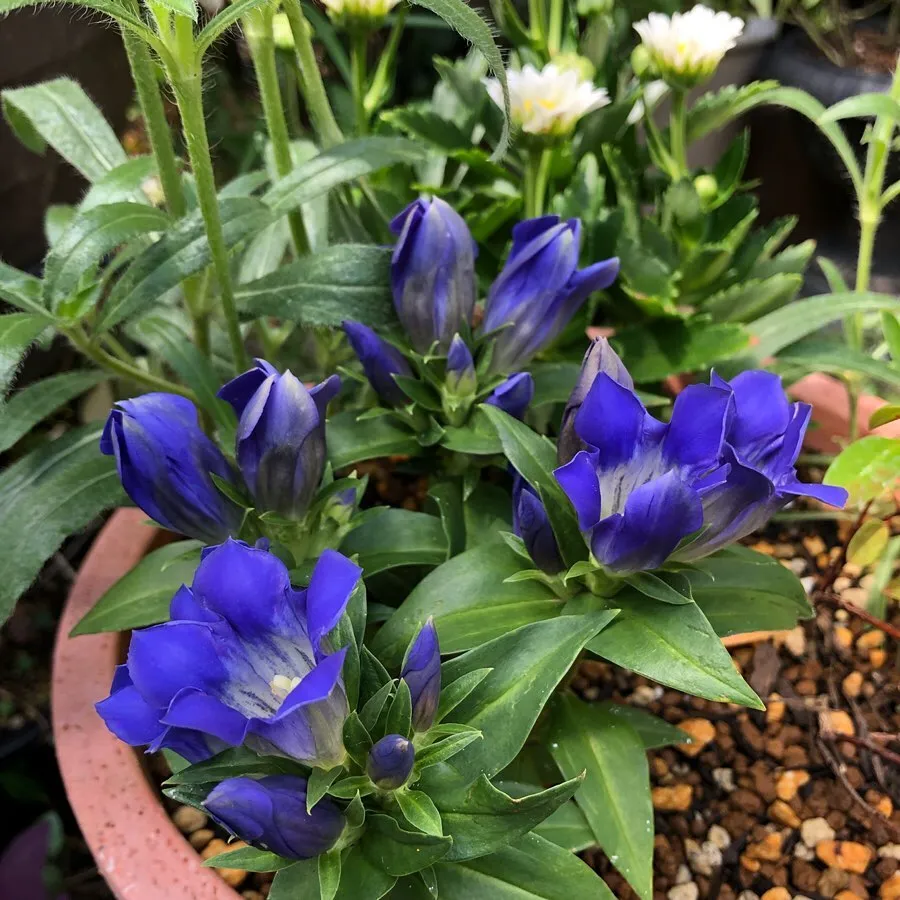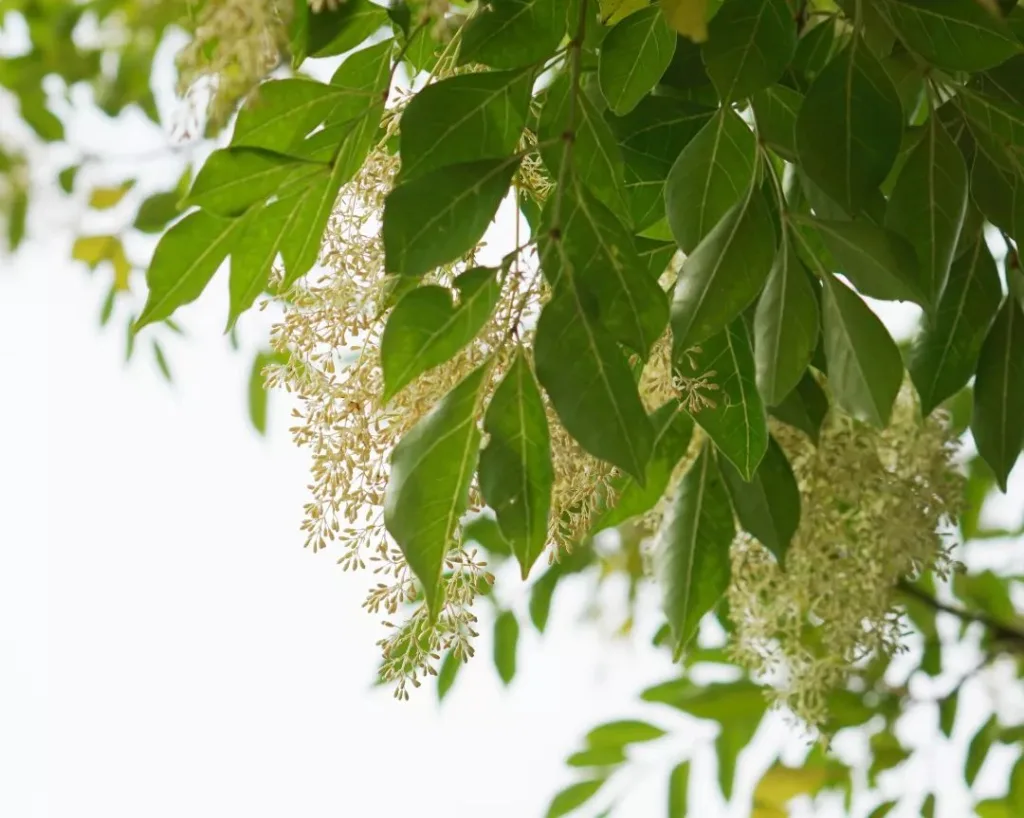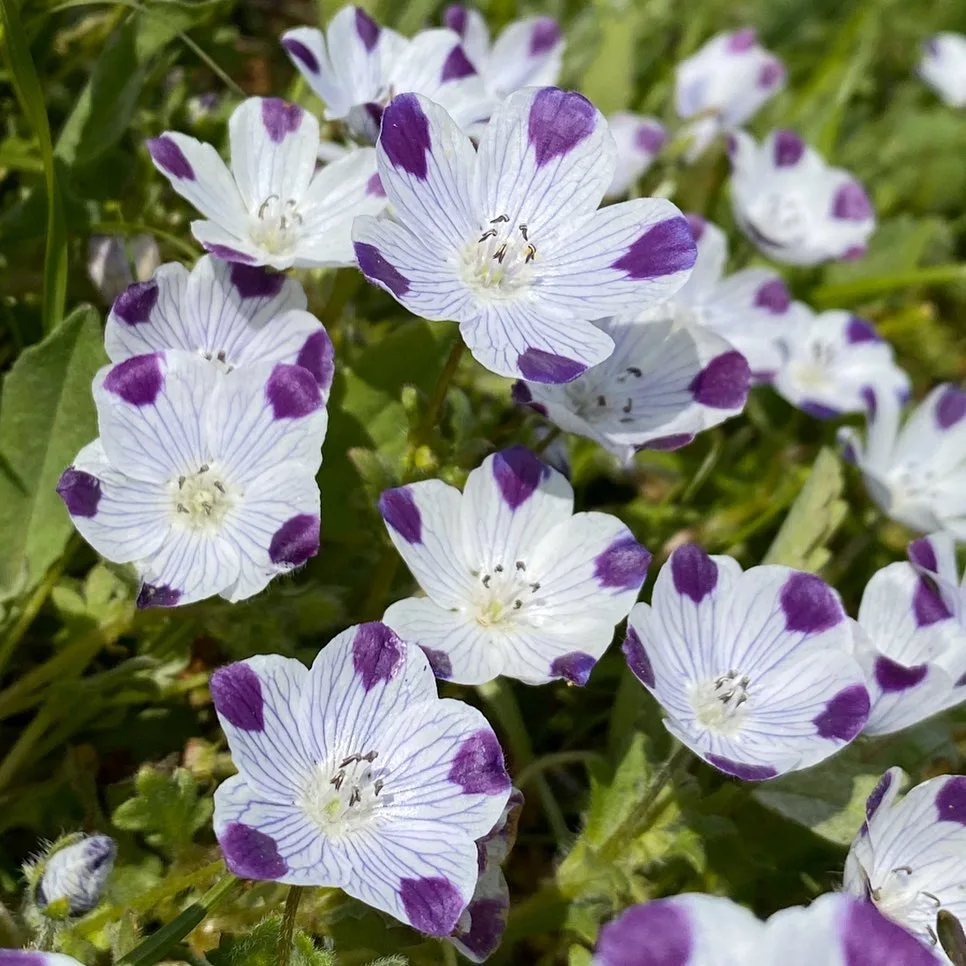A Journey into the Papaveraceae Family: A Personal Exploration
As a nature enthusiast, I’ve always been drawn to the beauty and diversity of the plant kingdom. One family that has particularly captivated me is Papaveraceae, commonly known as the poppy family. This fascinating group boasts a rich tapestry of plants, ranging from vibrant wildflowers to medicinal herbs. In this article, I’ll share my personal insights into the Papaveraceae family, highlighting its unique characteristics and some of its most notable members.
The Poppy Family: An Overview
Papaveraceae is a medium-sized family comprising around 46 genera and approximately 770 species. These plants are primarily herbaceous, meaning they lack woody stems, but some species are shrubs or small trees. They are predominantly found in temperate regions of the Northern Hemisphere, although a few species extend into subtropical and tropical areas. The family’s defining feature is its milky sap, often colored and containing alkaloids, which are naturally occurring compounds with potent biological effects.
A Tapestry of Genera
Papaveraceae encompasses a diverse array of genera, each contributing its unique characteristics to the family’s rich tapestry.
- Papaver: This genus includes the iconic poppies, renowned for their showy, colorful flowers and their symbolic significance. – 128 Species in Genus Papaver
- Meconopsis: Commonly known as the blue poppies, these plants are native to the Himalayas and are prized for their stunning blue blooms. – 97 Species in Genus Meconopsis
- Eschscholzia: Also known as the California poppy, this genus features vibrant yellow or orange flowers that add a splash of color to landscapes. – 15 Species in Genus Eschscholzia
- Sanguinaria: The bloodroot, a member of this genus, is a native North American wildflower valued for its early spring blooms and its medicinal properties. – Sanguinaria Canadensis in Genus Sanguinaria – Bloodroot
- Chelidonium: This genus includes the greater celandine, a common weed with yellow flowers and a long history of use in traditional medicine. – 2 Species in Genus Chelidonium
- Bocconia: The tree poppies of this genus are notable for their tall, shrubby growth habit and their large, attractive leaves.
- Glaucium: The horn poppies, or sea poppies, of this genus are coastal plants known for their distinctive horned seed capsules.
- Romneya: The Matilija poppy, a member of this genus, is a native Californian shrub with large, white, fragrant flowers.
- Adlumia Raf. ex DC.
- Arctomecon Torr. & Frém.
- Argemone L.
- Canbya Parry ex A.Gray
- Capnoides Tourn. ex Adans.
- Cathcartia Hook.f.
- Ceratocapnos Durieu
- Coreanomecon Nakai
- Corydalis DC. – 543 Species in Genus Corydalis
- Cryptocapnos Rech.f.
- Cysticapnos Mill.
- Dactylicapnos Wall.
- Dendromecon Benth.
- Dicentra Bernh. – 8 Species in Genus Dicentra
- Dicranostigma Hook.f. & Thomson
- Discocapnos Cham. & Schltdl.
- Ehrendorferia Fukuhara & Lidén
- Eomecon Hance
- Fumaria Tourn. ex L.
- Fumariola Korsh.
- Hunnemannia Sweet
- Hylomecon Maxim.
- Hypecoum Tourn. ex L.
- Ichtyoselmis Lidén & T.Fukuhara
- Lamprocapnos Endl. – Lamprocapnos Spectabilis in Genus Lamprocapnos
- Macleaya R.Br.
- Meconella Nutt.
- Oreomecon Banfi, Bartolucci, J.-M.Tison & Galasso
- Platycapnos (DC.) Bernh.
- Platystemon Benth.
- Platystigma Benth.
- Pseudo-fumaria Medik.
- Pteridophyllum Siebold & Zucc.
- Roemeria Medik.
- Rupicapnos Pomel
- Sarcocapnos DC.
- Stylophorum Nutt.
- Trigonocapnos Schltr.
The Poppy Family’s Significance
The Papaveraceae family holds significant ecological, economic, and cultural value. Ecologically, these plants serve as a food source for pollinators and other wildlife. Economically, some species are cultivated for their ornamental value, while others are used in the production of pharmaceuticals and other products. Culturally, poppies have been used in various traditions and ceremonies for centuries, symbolizing everything from peace and remembrance to sleep and death.
Conclusion
My exploration of the Papaveraceae family has been a rewarding journey. From the vibrant poppies that grace our gardens to the medicinal herbs that heal our bodies, this family showcases the remarkable diversity and beauty of the plant kingdom. As I continue to learn about these fascinating plants, I’m constantly reminded of the interconnectedness of life and the importance of preserving our natural world. Whether you’re a botanist, a gardener, or simply a nature lover, I encourage you to explore the Papaveraceae family and discover its wonders for yourself.
If i die, water my plants!



